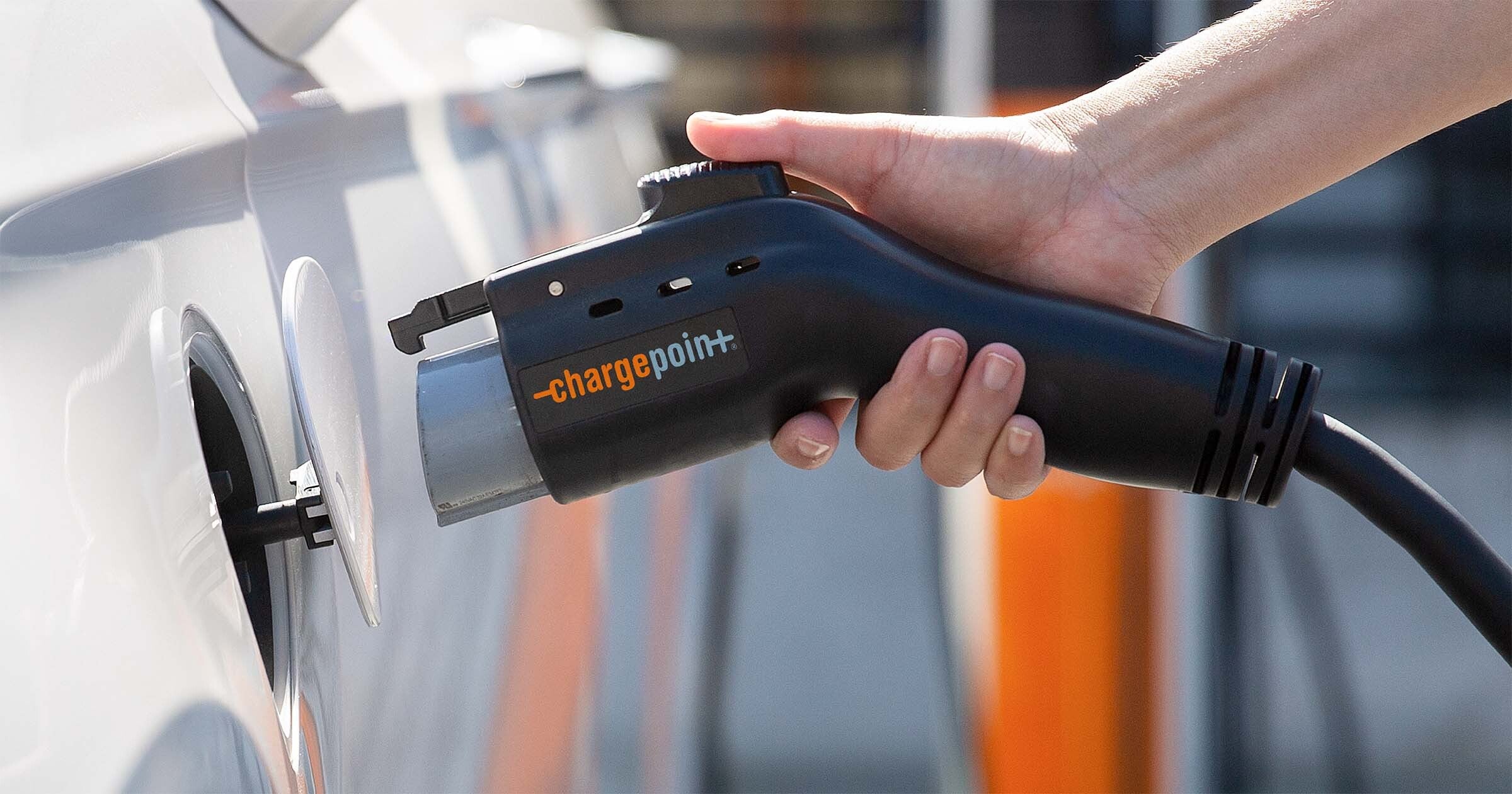I agree with GtiMart - if you can, charge from a 120v 15a wall outlet at the condo.
Charging at home is a huge benefit of electric vehicles. Not taking advantage of that is a huge missed opportunity. My brother-in-law has driven a Leaf for probably 8 years only using 120/15 at home. You can get 30+ miles of range overnight that way. Then top up at a supercharger once a month or so to get caught up if you need to. But likely you won't.
Also there are a lot of charging options around. Often times grocery stores, restaurants, etc, will have a free charger. Those would be a lot faster than 120/15 but nowhere near as fast as supercharging. You can use Plugshare to check your area.
Find EV charging stations with PlugShare, the most complete map of electric vehicle charging stations in the world!Charging tips reviews and photos from the EV community.
www.plugshare.com
You'll want to turn on "Tesla" and "J1772" (your car will come with an adapter for that).
I hope you live near a supercharger - there are several in CT but there's lots of areas where they are far away.




